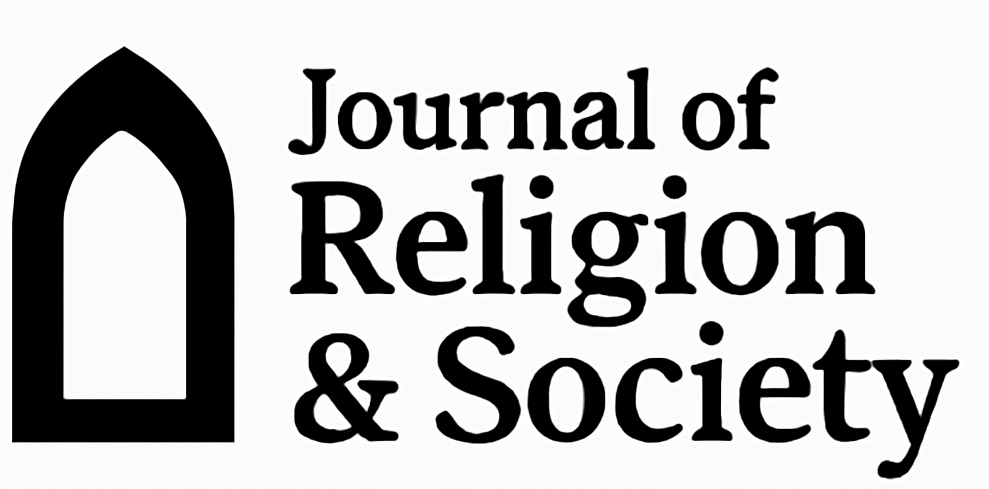ASEAN and De-dollarization: Regional Currency Integration or Economic Fragmentation
Abstract
The dominance of the U.S. dollar in global finance has long shaped the economic architecture of the Association of Southeast Asian Nations (ASEAN), influencing trade, reserves, and external debt. However, growing geopolitical tensions, financial vulnerabilities, and calls for monetary sovereignty have led ASEAN to explore pathways toward de-dollarization. This study examines the region’s evolving efforts to reduce dollar dependence through local currency settlement frameworks, bilateral swap agreements, and digital payment integration initiatives. Drawing on structuralist perspectives in International Political Economy, the research analyzes whether these de-dollarization efforts signal a move toward deeper regional currency integration or risk exacerbating economic fragmentation. The findings reveal that while ASEAN has made notable progress particularly through the Local Currency Settlement Framework and the Chiang Mai Initiative these efforts remain constrained by institutional asymmetries, infrastructural gaps, and political divergences among member states. Comparative insights from the Eurozone and BRICS underline both the potential and the limitations of regional monetary reform in the absence of a supranational authority. The paper concludes that ASEAN stands at a crossroads: effective coordination could enhance economic resilience and autonomy, while disjointed strategies risk deepening internal divisions and reinforcing external dependencies. The future of ASEAN’s monetary direction will significantly impact the global financial landscape.





